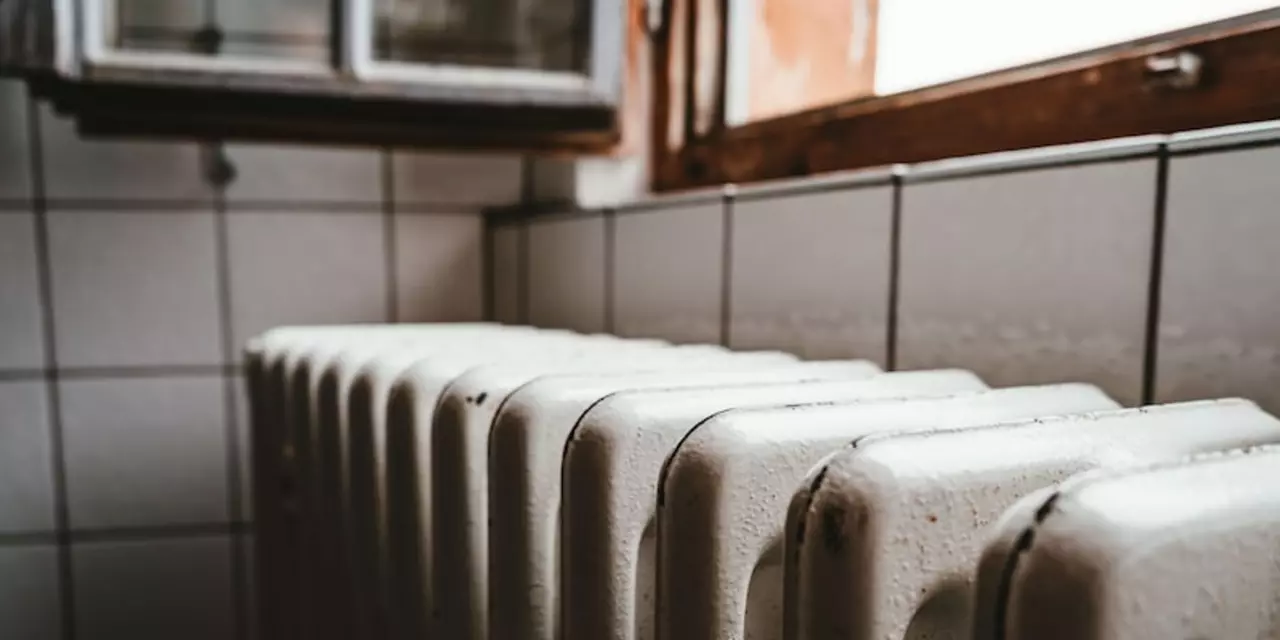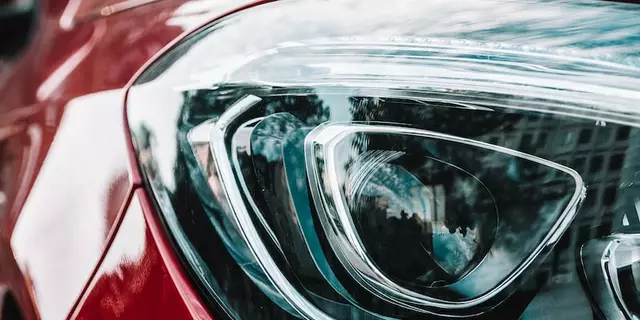Heat and Your Formula 1 Display Cars: Stay Cool and Preserve Quality
Ever notice how a hot summer day can make a plastic car feel soft or a paint job look dull? That’s heat at work, and it can quietly damage the replica cars you love. Understanding the link between temperature and your F1 display model helps you keep it looking showroom‑ready for years.
Why Heat Matters for Replica Cars
Most display cars are crafted from resin, ABS plastic, or metal parts with delicate paint finishes. When the temperature rises, those materials expand a little, causing tiny cracks in the paint or even warping of the chassis. Sunlight adds UV rays that fade colors faster. If you keep a model near a window or in a car, the interior can reach 40 °C (104 °F) on a sunny afternoon – enough to soften glue joints and loosen tiny screws.
Heat also speeds up the oxidation of metal parts. A shiny alloy wheel can lose its sparkle within months if exposed to constant warmth. The result? A model that looks old before you’ve had a chance to show it off at a gathering.
Practical Tips to Protect Your F1 Model from Heat
First, pick a display spot away from direct sunlight. A wall‑mounted shelf in a shaded room works great. If you must use a window‑side shelf, add a UV‑filter film or a sheer curtain to cut the heat.
Second, consider a climate‑controlled display case. Acrylic cases with built‑in ventilation keep air moving and prevent heat buildup. Some collectors even use a small fan inside the case to circulate air without creating dust.
Third, keep the room temperature stable. Aim for 18‑22 °C (64‑72 °F) and avoid switching the heating on and off abruptly. A simple thermometer on the wall will tell you if it’s getting too warm.
Finally, give the model a quick check every few weeks. Look for any signs of warping, paint fading, or loose parts. Tighten screws gently if needed and wipe the surface with a soft, dry cloth—no harsh chemicals.
By watching the temperature and giving your replica a bit of care, you’ll keep that F1 heat‑track feeling fresh and ready for display. Your friends will think you’ve just pulled it off the pit lane, not stored it in a garage for years.
 16 February 2023
16 February 2023
Why do some cars have multiple radiators?
Some cars have multiple radiators to improve their performance and keep the engine running smoothly. This is due to the fact that more radiators provide more cooling capacity and more efficient engine cooling. The additional radiators often have a dedicated fan and air intake system to ensure optimal airflow and efficiency. Additionally, having multiple radiators allows for more flexibility in the engine design, as the radiators can be used for different purposes. Finally, multiple radiators also help to reduce the risk of overheating, as they provide a backup system in case one radiator fails.





0